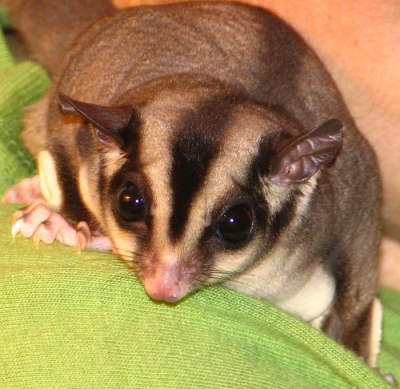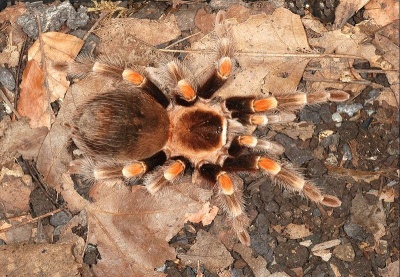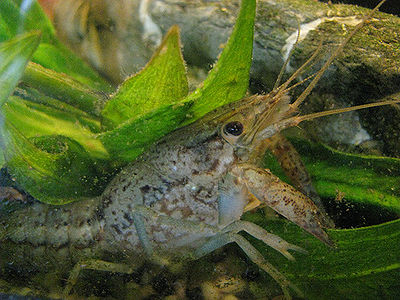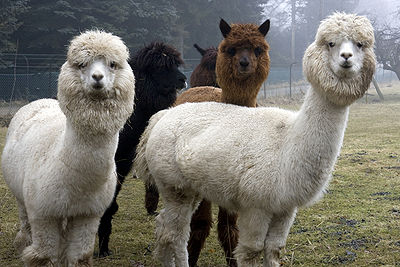
In the wild, Sugar Gliders have been known to jump 100 feet and more. So we do know they can leap long distances.
These marsupials are not actually flying although it may appear that they are. They are named for their ability to glide long distances. And they have a sweet tooth as well. The name Sugar Glider fits well.
There is a flap of skin called the Patigium that connects the front and back legs. It is covered fur and stretches. Parachutists have modeled their suits after the patigium in order to glide before opening their parachutes preparing to land.
The patagia (pl.) are not the same as birds’ wings. When stretching all 4 legs out, the patagia gives the sugar glider the ability to control its gliding as it goes from one point to another.
When a sugar glider prepares to jump, they spread their legs out which flattens and stretches the patagia. Similarly to a bird’s or airplane’s wings, they can control speed and direction by simply moving their arms and legs which changes the airflow.
Other creatures that have patagia or similar kinds of skin include bats, flying squirrels, the Madagascar lemur, colugos which are called flying lemurs found in the SE Asia and some frogs and lizards.



